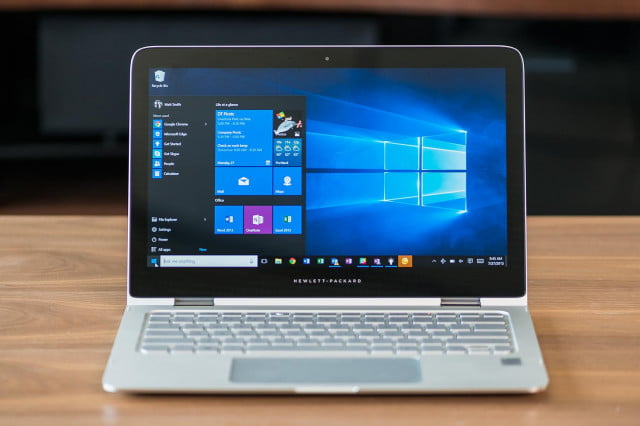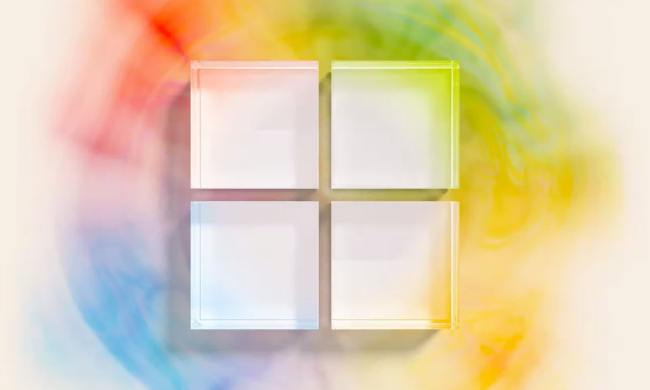
In other words, the free Windows 10 upgrades program always had an expiration date — and now Microsoft is ending the program without reservation. The program officially closed for most people in July but included an exception for those who have needs requiring “assistive technologies.” The exception was for those who used accessories such as Braille screens, screen readers, or magnifiers.
Microsoft’s messaging concerning the issue has been unclear, but it looks like it is finally been settled. As noticed by ZDnet, the assistive technologies loophole will be closed on December 31. The news was quietly tweeted by the Microsoft Accessibility Twitter account in October:
If you’re using assistive technologies and want to update to Windows 10, free upgrade available until Dec. 31, 2017. https://t.co/muL1wssDu9
— MSFT Accessibility (@MSFTEnable) October 17, 2017
How well has Microsoft done at getting people to upgrade to Windows 10? The numbers change depending on who you ask, but StatCounter reports that Windows 10 still has not eclipsed Windows 7 in terms of percentages. Unlike other companies, Microsoft is known for having a massive base of legacy users who are perfectly happy using Windows 7 or Windows 8. As hard as it is to believe, StatCounter says that 3.89 percent of Windows users still have Windows XP installed on their machines.
Microsoft executives admitted last year that the ambitious Windows 10 goal wasn’t going to be met: “We’re pleased with our progress to date, but due to the focusing of our phone hardware business, it will take longer than FY18 for us to reach our goal of 1 billion monthly active devices.”
The program’s closure marks the end of Microsoft’s active campaign to get people upgraded from Windows 7 and Windows 8. From here on out, Microsoft will have to rely on new device purchases to increase that number.


